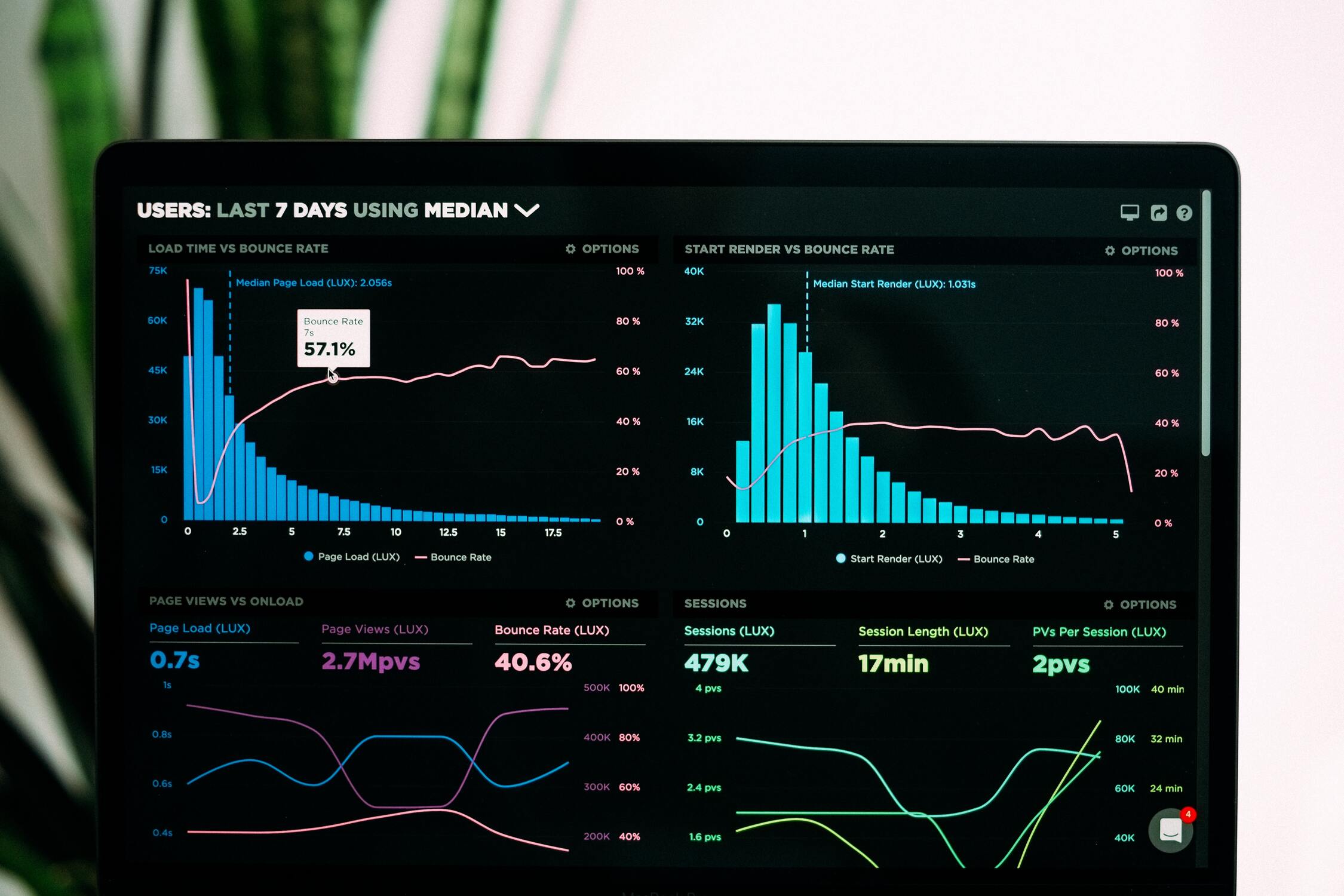
Jennifer Mary
May 20, 2022
Top 5 Latest Trends in Data Engineering
- Big data
- Data
- Data analytics
- data engineering
- Dataware house
- enterprise data center
- knackforge
- latest trends
As the year passes, the importance of data engineering grows. Today, data is output for almost everything we do, right from browsing the internet to the transactions we do. Data is generated in various ways in our day-to-day activities. It has an impact on our lives in ways we are unaware of in some circumstances. And as we grow into the digital world it will only expand. Data serves a variety of purposes today, including allowing consumers to search, utilize, and consume more, as well as allowing businesses to create and offer tailored experiences.
Organizations that use data-driven decision-making in business are more likely to stay ahead of the curve than those that don't. According to estimates, we would have created 200 zettabytes of data globally by 2025. Certainly, storing and extracting value from this volume of data is difficult. This implies that businesses must extract value from their data while also protecting their organizations and customers. This is where data engineering comes in, assisting organizations in reshaping and reimagining data use in 2022 and beyond.
As we go ahead, organizations and data innovators building out their data strategies and data stack must expect to see the following 5 key trends that will reshape their organizations:
Transitioning to Cloud
More businesses are moving to the cloud to become more cost-effective, agile, and innovative. The cloud is more important than ever, due to its flexibility, speed-to-market, pay-as-you-go pricing, and on-demand capacity. Although few firms are deferring cloud efforts, good research, strategy, and execution may make it worthwhile to invest. Many businesses are adopting cloud-first strategies and moving toward a multi-cloud approach. This trend emphasizes the need for data engineers to understand and design cloud strategies, as well as uncover new cloud data engineering paradigms and how to deploy apps on multi-cloud data lakes.
The Rise of the No Code/Low Code Platforms
No-code/low-code platforms will become more prevalent in 2022, resulting in increased enterprise agility through automation. Non-technical business users will be able to access data and make better business decisions in no time as a result of this. The sectors will become more diverse as a result of these democratized and data-driven procedures. With this, firms can become key players in the data ecosystem without having a core data background. Data mesh architectures are becoming increasingly vital for success since they allow them to be used with a variety of tools.
By being aware of market advancements, businesses may take advantage of them and stay one step ahead of their competitor. The technological trends of 2022 will be crucial for firms to stay on top of their data game.
Improved customer experience with Data Engineering
In the future, data engineering will play an important role in both the user and customer experience to alter business outcomes. The objective is to create a seamless experience where all elements, from customers to technology to users and workers, come together. Businesses will seek to deliver a customer-centric strategy that includes a high level of connection between the firm and the customer. Some examples are IBM cloud computing helps its users to understand the data with an AI-powered analytics experience. NLP program aims to comprehend and make meaningful sense of unstructured data. Google uses NLP for their Google Translate with machine translation while Amazon’s Alexa understands and responds to your queries with Speech recognition.
Notebook interfaces
For many years, notebook interfaces have been quite popular. Furthermore, they are gaining popularity among data engineers. Notebook interfaces are most commonly used in data science, statistics, or machine learning. Data scientists can use notebooks to view and explore information. Additionally, they enable you to mix and combine languages to meet the needs of a certain assignment. They document and visualize the intermediate stages at the same time.
There is no doubt that notebook interfaces are a useful tool that, because it follows the strategy, makes it easy to duplicate calculations and results with different datasets.
Growth of CDPs (customer data platforms)
Customer Data Platforms are a type of database software that keeps track of all of your customers in one place. Furthermore, it provides an individual with a complete picture of the consumer. How can you know whether a CDP is good? When it integrates easily with current data and when it enables easy recovery of stored data.
By 2025, the CDP market is predicted to increase by $10.3 billion. There have been no interruptions or decreases in CDP. It's no surprise that businesses choose to use this software. It enables them to easily move fragmented data to a single location. Furthermore, CDP has excellent analytical skills and helps you to get to know your client in depth.
Data engineering has grown tremendously in the last few years. Not only did the pandemic contribute to this, but also technological development. For firms that want to make the most of big data, all five of these trends are crucial. All of these trends and solutions are incredibly beneficial to firms that have been created around data as well as others who are trying to integrate data into their workflows continuously.
If you’re looking to leverage data engineering capabilities in your organization, get in touch with our specialist who can uncover trends in data sets and build algorithms and data pipelines to make raw data beneficial for your organization. Let’s get started! Contact us for a free consultation.
Get awesome tech content in your inbox
Similar Blogs
Similar Blogs
Get awesome tech content
in your inbox
Just like how your fellow techies do.
Ready to get started?
We'd love to talk about how we can work together
AWS CLOUDCOST
Take control of your AWS cloud costs that enables you to grow!
